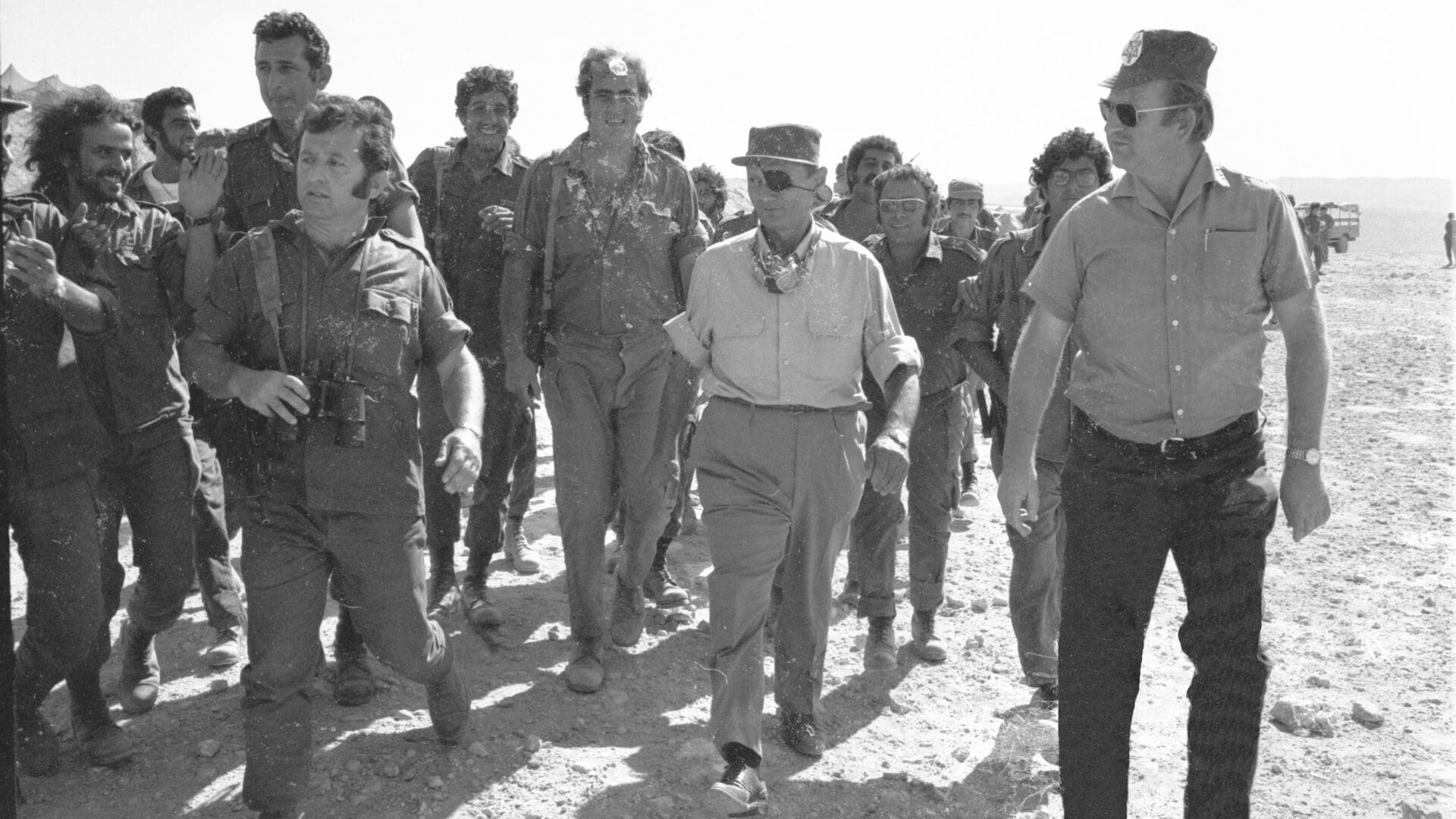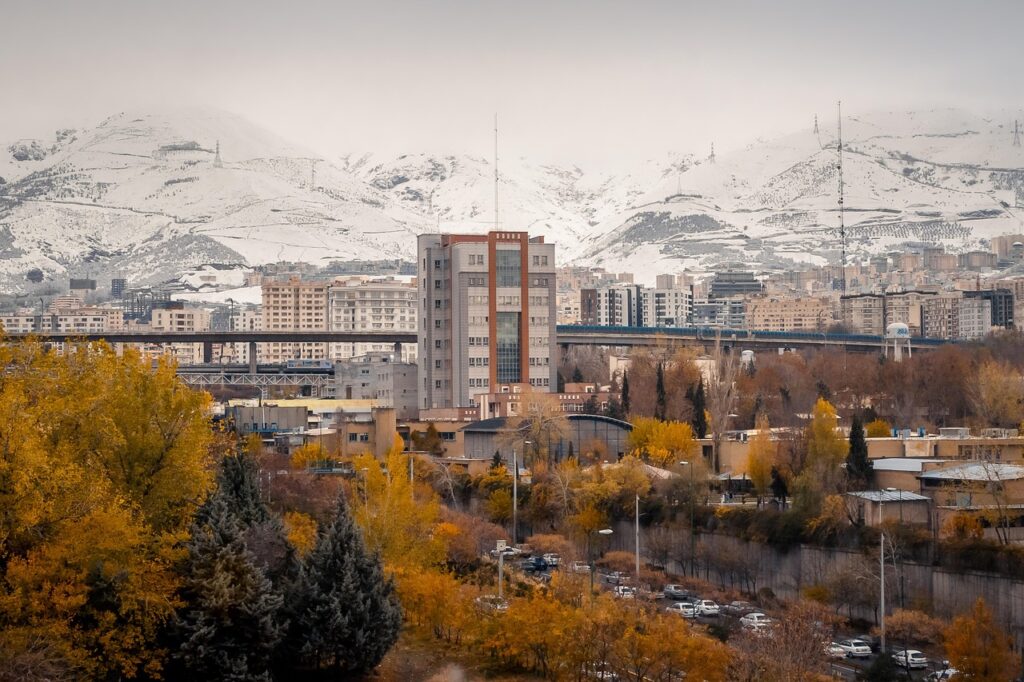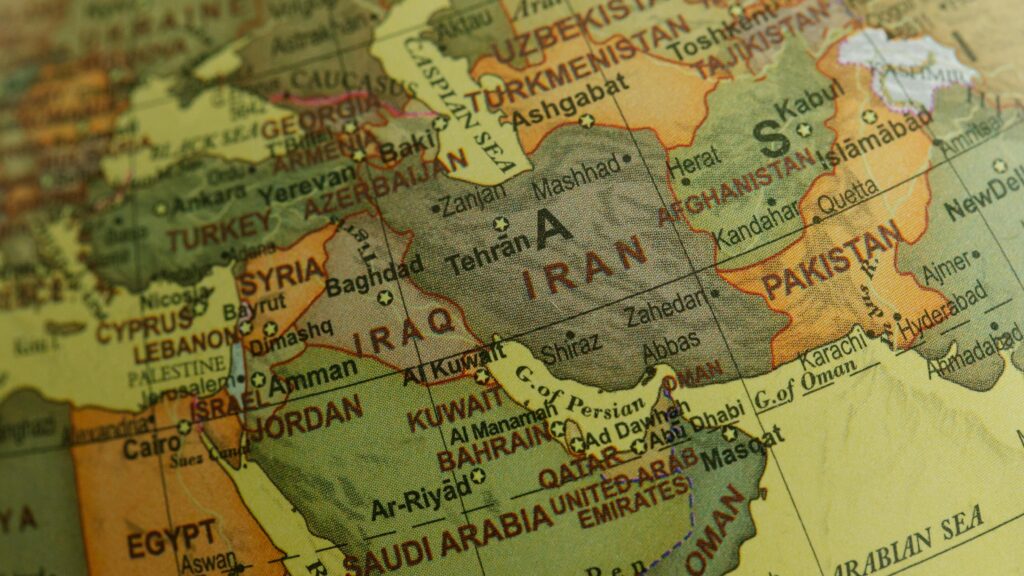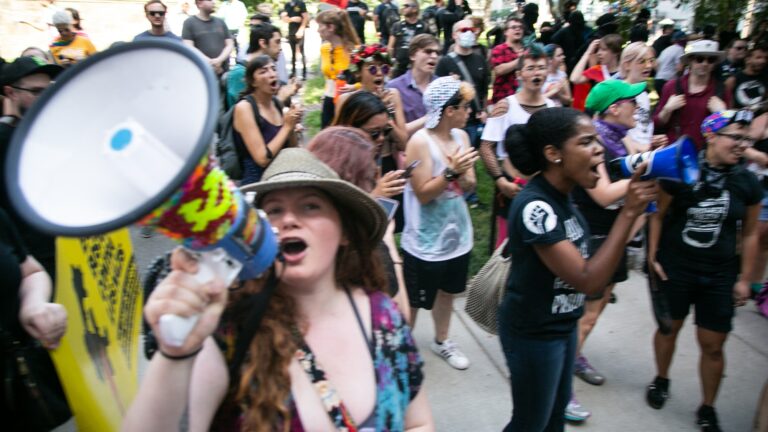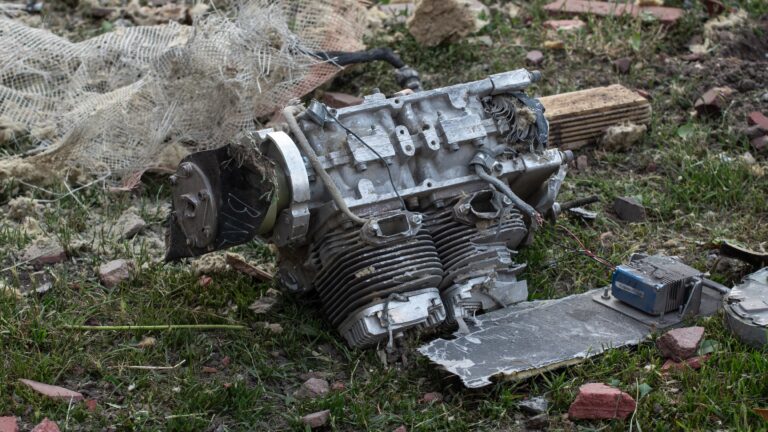On 7 October, Hamas commenced a coordinated and well-organized attack on Israel. The terrorists launched barrages of rockets into Israeli territory and broke through the Gaza–Israel border fence. starting to murder civilians indiscriminately. In response, Israel started the bombing of Hamas targets in Gaza. The IDF started to push the terrorists out of Southern Israel, which apparently was successfully concluded by 9 October. Hezbollah, the powerful Lebanese Shia militia also launched rockets into Israel, complicating the situation.
The still ongoing bloody confrontation between Israel and Hamas evokes many historical parallels. The Hamas attack has already been compared both to the Yom Kippur War (6-25 October 1973), when Egypt and Syria launched a surprise attack on Israel, and the 9/11 terrorist attacks on the United States of America in 2001. Among others, The New York Times reported that many Israeli newspapers have drawn a parallel between the 2023 conflict and the 1973 war. ‘Yom Kippur’ also seems to be trending in the Israeli social media as a hashtag. However, not everyone agrees: for instance, left-wing Israeli paper Haaretz has dismissed the comparison as exaggerated.
What is unquestionable, nevertheless, is that the Hamas attack on Southern Israel was the gravest in decades. It was, in fact, arguably the most serious attack on Israeli soil since the Yom Kippur War. On the other hand, it shocked the Israeli public similarly to how the US was shocked in the wake of the 11 September attacks. So both these comparisons have their own merits and grains of truth, even if the 2023 events are, of course, unique in their own way.
The Antecedents of the Attack
The 7 October attack on Israel was preluded by two chains of events. Clashes around the Al-Aqsa Mosque intensified earlier this the year. At the heart of this religious conflict is the question of who has the right to pray on the site of the mosque, since the it is revered as a holy place by both Muslims and Jews. Palestinian protesters regularly clash with Jews and Israeli Police over the fact that Jews were recently permitted to pray there. On the other hand, Benjamin Netanyahu, in order to secure his premiership, invited representatives of the far-right settler movement into his government. This emboldened them to ramp up expansion of their settlements, often illegally, squatting on private Palestinian land. On the Palestinian side, the summer saw violent protests against the increasingly ineffective Hamas government in the Gaza Strip. Therefore, the political wing of the terrorist organization had a vested interest in ‘outsourcing’ the anger and frustration, projecting it onto Israel. While, in a political sense, Netanyahu can also feel relieved by the fact that protests against his judicial reform are being halted due to the conflict, it is quite unlikely that anyone in Israel, the Likud or their opponents, would have wished for this kind of rampage on the country. Now Netanyahu, whose politics many argue is usually built on division and conflict, needs to unite Israeli society, from secular Jews to the ultra-orthodox. As Mazam Mualem, a biographer of the Israeli Prime Minister, told The New York Times, Netanyahu’s whole legacy possibly depends on the outcome of this conflict. If Israel suffers a blow, it can have a disastrous outcome on the popularity and image of ‘Bibi’.
The Yom Kippur War was also partially triggered by the frustration of Arab powers
who had lost territory to Israel. During the Six Day War, in 1967, Israel captured the Sinai Peninsula, the Golan Heights, and East Jerusalem, most of which had been held by Egypt and Syria before the war. And just as Hamas has designated the ‘defence of al-Aqsa’ as the titular goal of the current war, Egypt and Syria could garner Islamic support for their war in 1973 by pointing at the loss of Jerusalem, revered as a holy city by Muslims as ‘al-Quods’. Furthermore, internal conflicts also played a role in launching the war. Syria and Egypt both underwent their so called ‘corrective revolutions’ during the early 1970s. In Syria, Hafez al-Assad ousted the Arab Socialist leadership of the country in a palace coup, installing himself as a dictator, and therefore consolidating an oppressive regime under his own ideology of ‘Assadist neo-Ba’athism’. In Egypt, Anwar Sadat gained the presidency via a legal (albeit undemocratic) election, succeeding Gamal Nasser. Similarly to Assad, Sadat also ousted his rivals from the party in power, consolidating his grip on the state, and initiating sweeping economic reforms. It is possible that Assad and Sadat also were also seeking consolidation and the outsourcing of internal conflicts when they started the Yom Kippur War.
The Middle East Panorama
Another cause of the 2023 conflict is likely rooted in the shifting Middle Eastern situation. On American initiative, a thawing has been going in the relations between Israel and Saudi Arabia. Islamists and other opponents of these powers all over the Middle East have been watching this development with concern. The Gaza conflict is likely to stall the negotiations, since Saudi Arabia had already diplomatically sided with the Palestinians, condemning Israel as the aggressor in the conflict. Since Israel and Saudi Arabia are the biggest rivals of Iran, some analysts have also hinted that it was in fact Tehran that had encouraged Hamas to start the war. If it had indeed done that, Iran successfully hampered the talks between Saudi Arabia and Israel. While this is only a theory, it is a fact that recently Teheran re-emerged as the main donor of Hamas. It must be noted that Hezbollah, another important Iranian proxy, also quickly activated itself after the Hamas incursion by attacking Israeli targets at the Israeli-Lebanese border. During the past week, these attacks did not die down, but rather intensified. It must however also be added that official US entities, referring to anonymous Iranian sources, have suggested that Tehran was ‘surprised’ by the attack. The US opinion in general is that Iran is responsible only indirectly, not directly, for the attack.
The context of the Yom Kippur War was also quite similar to the current one, even if there was no emerging thawing to be hampered.
Both conflicts happened in the broader framework of international confrontations.
The 1973 war took place during the Cold War, while the 2023 conflict is unfolding in a situation increasingly characterized by a new cold war between Russia, China, and the Western world. Iran is a member of the BRICS, an alliance led by Russia and China. While Hamas naturally cannot join BRICS, it is part of the informal ‘Axis of Resistance’, an alliance of Tehran-aligned Shia and anti-Zionist forces and nations. Just as today, Iran, an important member of ‘anti-Western clubs’, props up Hamas and Hezbollah, in 1973 it was Soviet proxies Cuba and North Korea that had armed the invading Arab armies.
Surprise and Destruction
During 2023, the Mossad did not receive, or ignored, warnings about the upcoming attack which surprised Israel and shook the whole nation. Martin Indyk, the Lowy Distinguished Fellow in U.S.-Middle East Diplomacy at the Council on Foreign Relations, speaking to Foreign Affairs opined that the 7 October attack was a ‘total system error’ for Israel, which believed that Hamas would never dare to launch such a sweeping offensive, fearing the Israeli response. Furthermore, Israel miscalculated their strategy, believing that the leaders of the terrorist group were working toward stabilizing the ceasefire. Indyk also compared the conflict to 9/11, when a ragtag group of terrorists were able to strike a blow against a much stronger military power. This blow was so strong that Hamas gunmen literally broke through the security fence and other border fortifications Israel had erected around the Gaza Strip, just as the Egyptians were not stopped by the Canal in 1973. Regarding the reservists, the situation is even worse now. Israeli defence is heavily built on reservists, however, due to the nature of the attack, these forces could have only been assembled after the conflict broke out, which hindered their deployability. In fact, there are reservists, especially from abroad, who have yet to return to service.
The most haunting parallel is how much Israel was surprised by the Arab attack, just as it happened when the Yom Kippur War broke out. In May 1973, Egyptian forces started a military exercise near the Israeli-occupied Sinai-peninsula. This alarmed the Israeli government, and some— correctly—raised the possibility of a joint Egyptian-Syrian attack on the country. The Israeli Defence Forces (IDF) were mobilized and put on alert. After Syria also began a military exercise, Israel sent reinforcements to the Golan Heights. However, during the summer, Israelis came to the—this time, wrong—conclusion that Syria would not attack without Egypt, while Egypt was busy working on an upgrade of their weapons system. Thus, the Israelis let their guard down. Although Mossad was informed about the coming attack several times, the organization ignored the threat for some reason, and maintained that no such thing would happen. Only on the very day before the attack got Mossad intel clear enough to force the Israeli High Command to mobilize reservists. As a result, the Israeli army was caught off-guard, and initially without sufficient reserve personnel. Egyptian forces swept through the Suez Canal and gained territories. Israel failed to stop them, and their first counter-offensive turned out to be a disaster, even if later the Jewish forces prevailed.
Other Similarities
There are similarities in timing and tactical planning, too. The 2023 invasion came almost on the very day of the 50th anniversary of the Yom Kippur War. Both conflicts broke out during a Jewish religious holiday. These could have been deliberately planned, both for propaganda reasons, and to catch Israel off-guard. Furthermore, Hamas was the first power to be able to unleash an all-out offensive (including aerial attacks, infantry storms, and even make-shift ‘naval’ actions) on Israel since the Yom Kippur War. It is very early to tell how enduring the Hezbollah actions will be, but the two-front war Israel may be forced to wage also echoes the 1973 events. For now, based on what can be seen from military movements,
Israel is definitely preparing for a two-front war.
Alarmingly enough, there have been news about Syrian rocket attacks on Israeli forces as well. Therefore, it is even possible that a participant of the Yom Kippur War will join in the fighting this time, too. After all, Syria is still ruled by the Assad clan, and it never signed a peace treaty with Israel.
The New Yorker has hinted at another interesting similarity. While Egypt and Syria lost the Yom Kippur War militarily, they arguably won psychologically, showing Israelis how vulnerable their country is, and that it will eventually need to make a deal with the Arab nations. According to the article, the recent attack demonstrated something similar to Israel regarding Hamas.
Conclusion
It is unlikely that Hamas would cut any kind of deal with Israel, however. Just as the Jewish country itself in 1973, or the US in 2001, Israel is likely to have no choice but to guarantee its security by forcefully striking back. On the other hand, as demonstrated by the press commentaries, the opinions of experts and of the Israeli public itself, it is very likely that Israel will be radically changed by this conflict, just as 9/11 changed the US, and the Yom Kippur War transformed Israel. And what shocks Israel is very likely shake the whole Middle East during this already turbulent era.
The views expressed by our guest authors are theirs and do not necessarily represent the views of Hungarian Conservative.
Related articles:

